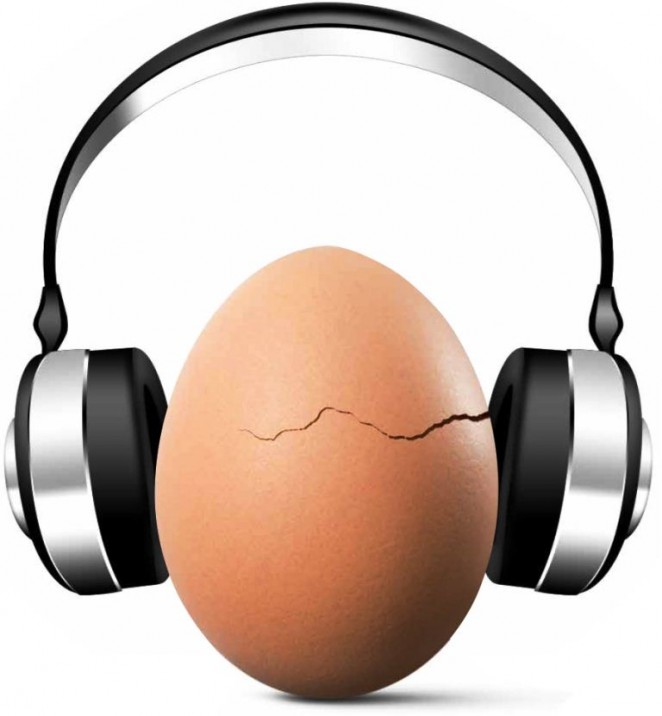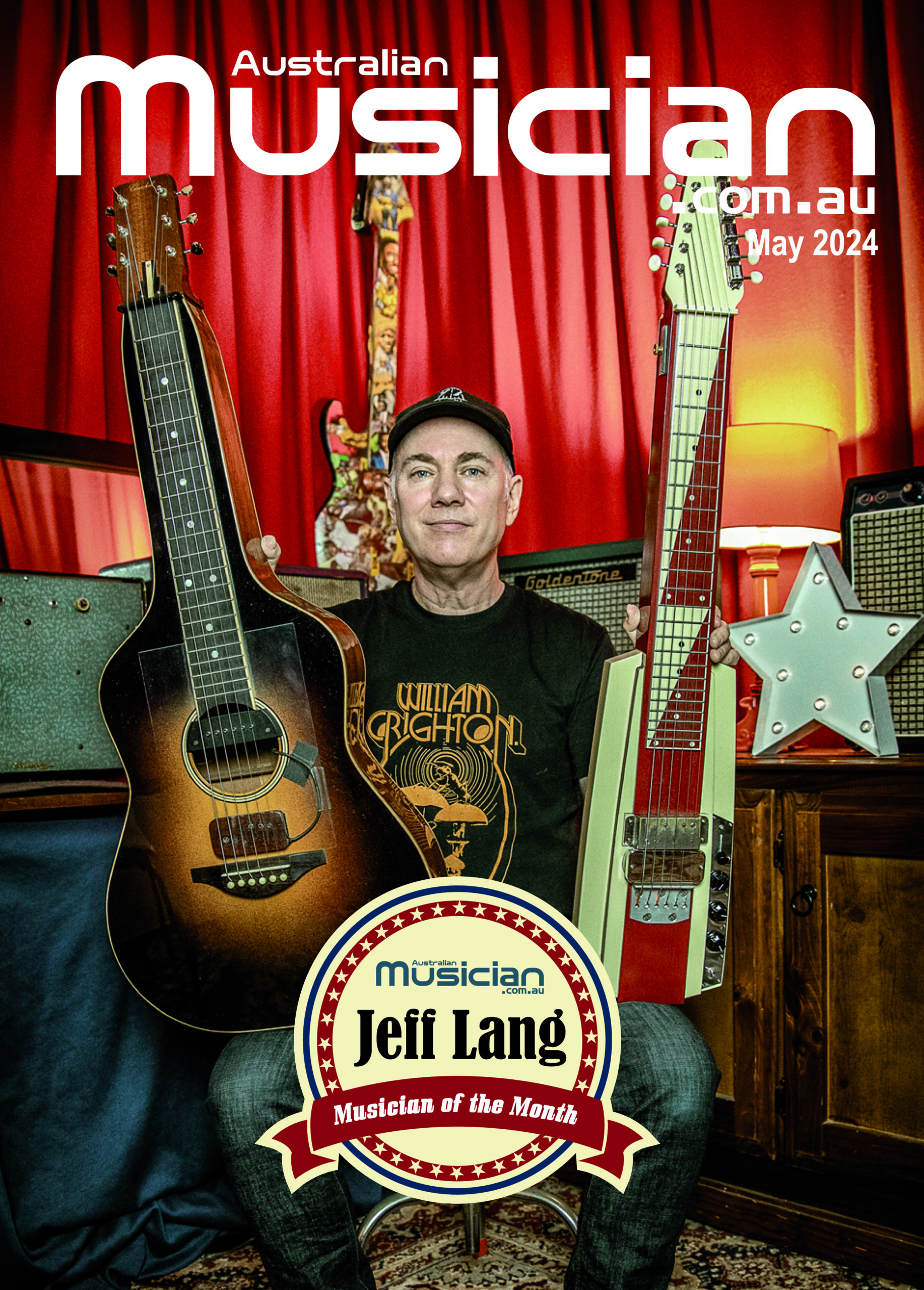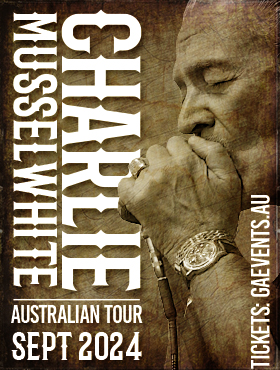
We’re currently in the midst of Hearing Awareness Week (Aug 23-29), an initiative supported by the Deafness Forum of Australia and the Australian Government. While it’s a lifestyle choice for some to rock out on a regular basis in the mosh pit of gigs in front of huge PA systems, or listen to music through earphones at high volume, we should all know the consequences of those actions
Hearing is important to everyone but particularly for music lovers. For professional musicians (members of a band or orchestra, music teachers) and other important players in the music industry (audio engineers, producers, crew members, music students and DJs to name a few), it’s more than this. Being able to hear is an essential prerequisite for having a successful and rewarding career, that includes having stable employment, in the music industry.
Recently, the United States National Institute for Occupational Safety and Health released a document called Workplace Solutions: Reducing the Risk of Hearing Disorders among Musicians. This document discusses the issues and how to best protect musicians’ hearing, and is highly relevant to the wider industry too. Music-induced hearing loss occurs slowly over a long period of time but there are some actions the Institute recommends to reduce dangerous exposure and prevent ongoing damage. Recommendations are provided for both employers (including venues), as well as individuals; for musicians they include:
• Keep sound to a lower level during individual or group rehearsals;
• Use in-ear monitors to listen to vocals and instruments;
• Have regular hearing tests (annually);
• Be aware of your overall sound exposure (apps on smart phones are popular for this); and
• Breaks from loud sounds wherever possible (apparently ears typically need 18 hours of quiet after exposure to loud sounds in order to return to normal hearing).
It’s an area that is pretty complex and it is hard to have one-size-fits-all rules. This is because the concept of ‘daily noise dose limits’ (which underlie most occupational health regulations) was originally developed for industrial workers exposed to steady broadband noise over an eight-hour work shift. Applying the limits to irregular and unpredictable sound exposures, such as those commonly experienced in the music industry is challenging – as both the decibel level of the sound and the duration needs to be taken into consideration over any given period of time. Fortunately, there are two excellent resources for occupational exposure limits for music or noise in the entertainment industry already online to help you gain a better understand of sound exposure.
These have been produced by: – Worksafe Western Australia Commission – Health and Safety Executive, UK.
For more information about music and hearing loss, you can also go to the HEARSmart website.


